We take a look at what makes people tick when it comes to environmental psychology. I invite you to face a little challenge: Take a minute to bring to mind three public places from your daily life that you consider successful. Maybe they have some obvious features in common, or perhaps they are successful in different ways. But they all seem to attract people so naturally. That’s because of environmental psychology – a holistic perspective developed in the 1960s around a key statement: People experiment and have an effect on the environment, while the environment influences people through the different senses. As landscape architects, we can take advantage of the principles involved in this relatively new science to effectively implement our designs.
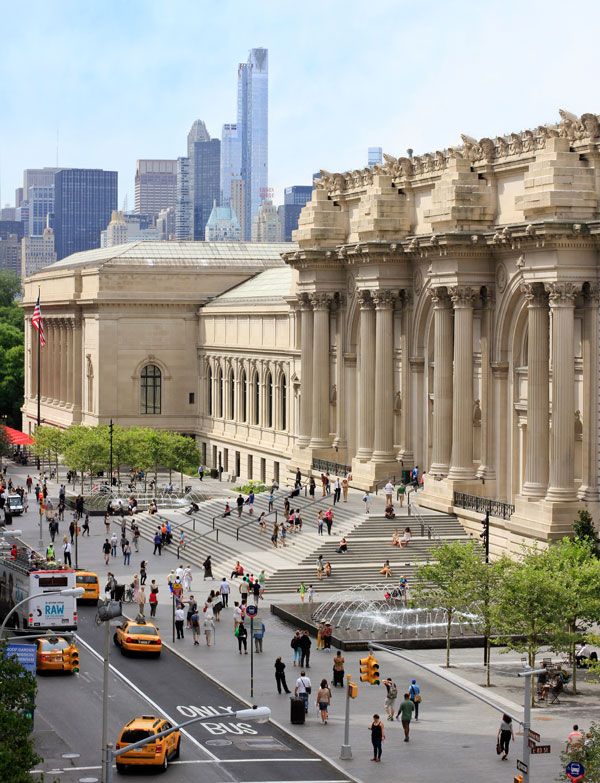
David H. Koch Plaza at the Metropolitan Museum of Art © OLIN / Sahar Coston-Hardy
Environmental Psychology
Encourage Social Life and Community Identity The effectiveness of a public place is closely connected with its ability to satisfy its social function. William H. Whyte, who studied human behavior in the urban environment, determined the main factors that influence the social success of places. In his well known book, “The Social Life of Small Urban Spaces” (1980), he indicates that some of the aspects that make a place more attractive are: the amount of seating, flexible management, connection to the street, users’ ability to make decisions, encouragement of people´s appropriation of the space, location of urban elements in groups of three (triangulation), presence of natural elements, food to eat, and chances of meeting people as if they were not strangers. For more detailed information, you can check out this interesting video. WATCH: The Social Life of Small Urban Spaces: William H. Whyte
Evaluate How Successful a Place Is and Why Project for Public Spaces is a New York City-based organization that works on projects all around the world, using place making as a strategy to create successful spaces anywhere. It consists of encouraging people´s sense of ownership and works through Whyte´s ideas about social urban spaces at low cost. What is more, the group has developed a useful tool to evaluate any place according to four main principles and a collection of questions. You can check out the great The Place Diagram here. It allows us to know the weakest points of a project, giving us valuable clues about how to make improvements. Welcome or Brake Behaviors Comfort is a key aspect to manage when defining potential uses of urban space or even the desired length of those uses. When a place is convenient to host an activity, people are more likely to participate for longer periods of time. Occasionally, designers also use uncomfortable elements strategically, such as adding tubular benches to encourage short breaks, creating a sheet of water on the pavement to discourage occupation, or installing metal stoppers to halt skaters. Of course, it can be controversial to push people away rather than welcoming them. Top Related Articles:
- 10 of the Most Common Mistakes People Make in Planting Design and How to Avoid Them
- Interested But Not Confident? – Know How to be Good at Hand Drawings
- Top 10 YouTube Tutorials for Technical Drawing
Meet the Power of 10 In this case, Project for Public Spaces has gone to the numbers to provide advice for regional, neighborhood, or smaller-scale projects in terms of people´s engagement with a place. They start with the principles defined by Whyte, which call for providing at least 10 things to do or 10 reasons for people to be there. This can be extended to the neighborhoods, which should have 10 of those places, and finally to the whole city, which should have at least 10 such neighborhoods. In that way, the offerings are expected to be varied enough to attract a wide range of users, who will be motivated to take part in activities longer. Here is a step-by-step guide to organizing the process. Reduce Environmental Stressors In 1998, researchers from Cornell University (Ithaca, N.Y.) made a table of main interior design stressors — a source that is still widely accepted today for designing outdoor spaces. These stressors are related to how a place is readable and predictable for the users, who should be able to make deductions about functions, use, and organization while feeling safe.
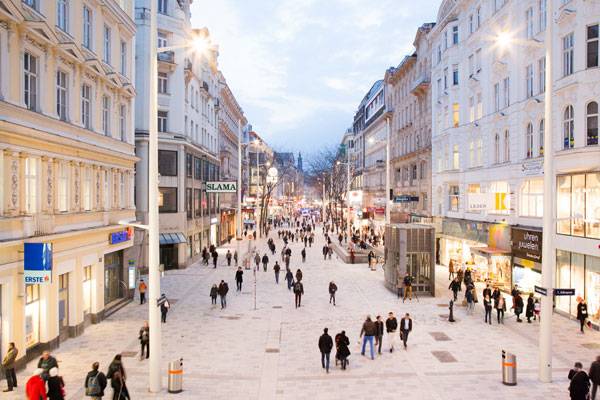
Can you see 10 reasons to be in this space? Mariahilferstrasse. Credit: Bureau B+B
Reinforce the Sensation of Being Seen The gaze of others seems to have a powerful impact on controlling individual acts. Experts from Crime Prevention Through Environment Design have discovered that when landscape architecture provides chances of natural surveillance, misbehavior tends to be reduced dramatically. To ensure visual exposure, designers offer elements such as lighting paths, visual connection to the surroundings, low vegetation, or the addition of curves to pathways, which multiply perspectives in a few steps. People should also be invited to come and stay, by promoting pedestrian use or scheduling activities. Going back to the beginning, we each made a list of great places. It could be really interesting to check out how they work after knowing a bit more about environmental psychology principles. Recommended Reading:
- Environmental Psychology: An Introduction by Linda Steg
- Environmental Psychology for Design by Dak Kopec
By Elisa García Nieto Return to Homepage
Published in Blog


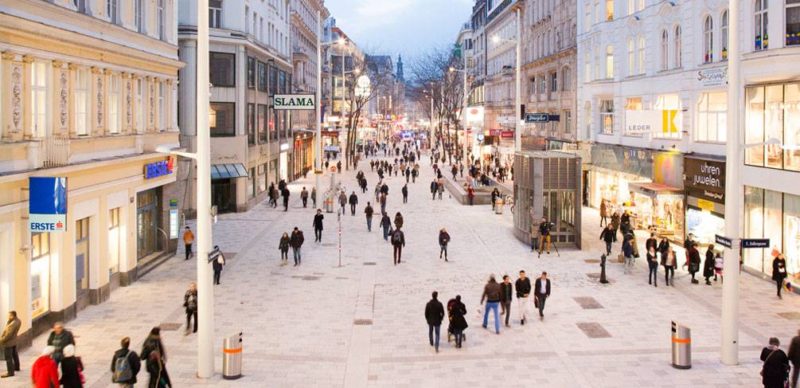



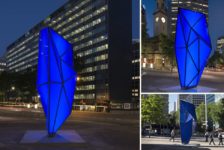
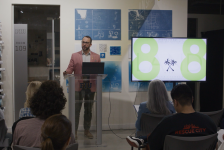
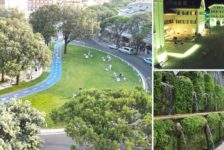
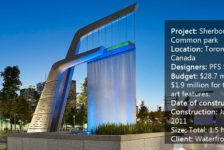
Pingback: Weekly Roundup (July 16) - IOTA Designer Planters